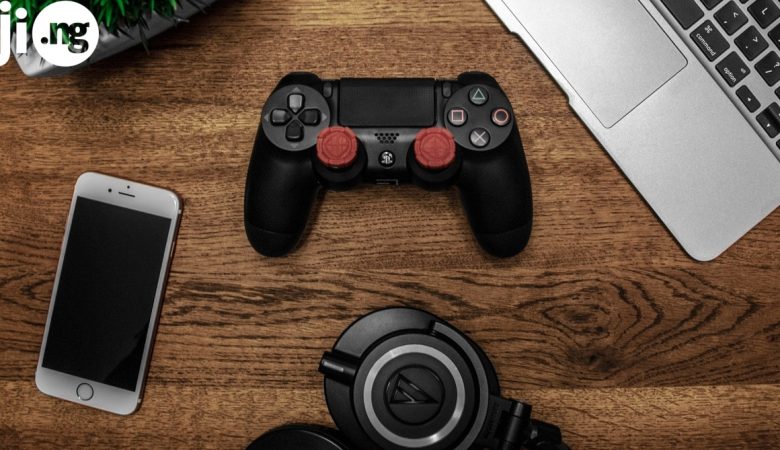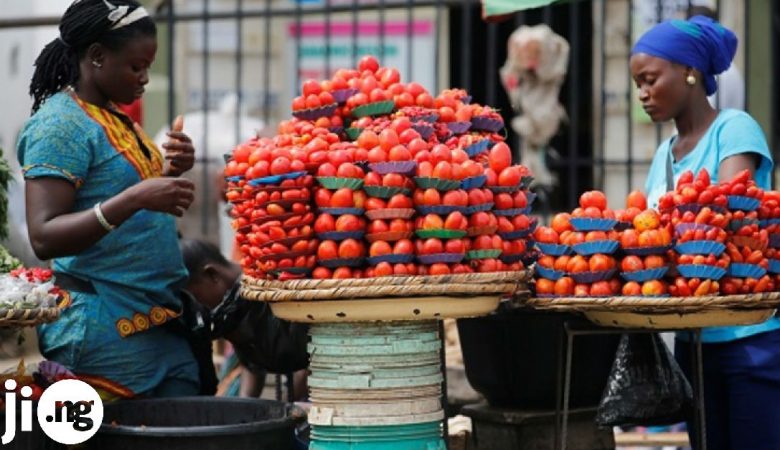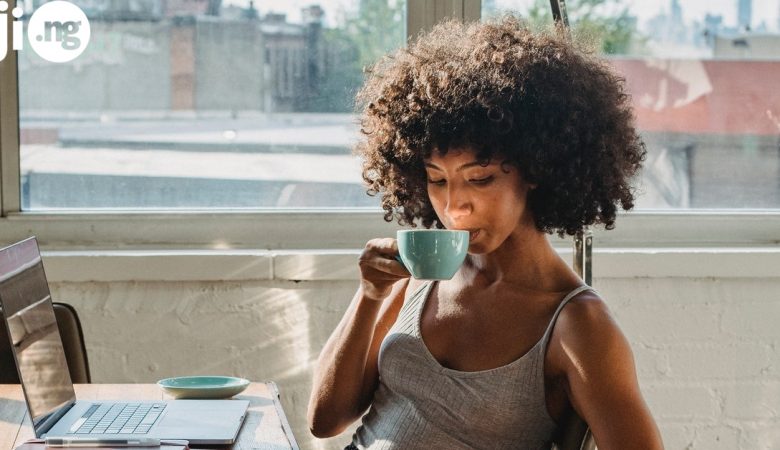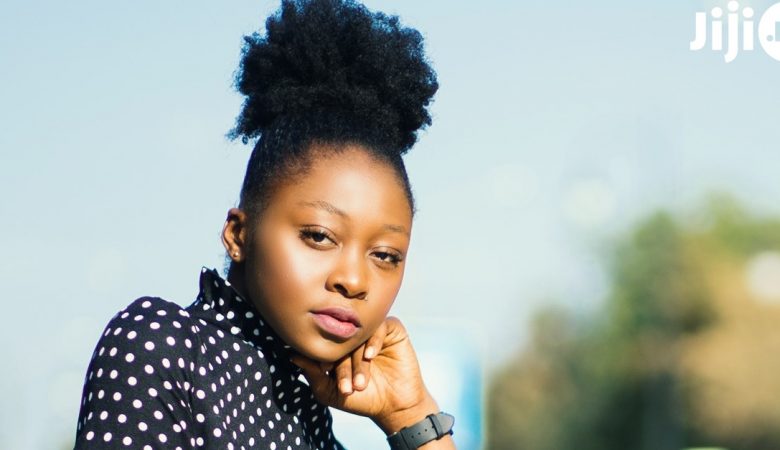According to American tradition, the shopping fans and bargain hunters all over the world celebrate Black Friday, their most beloved holiday on November 25 that comes just after Thanksgiving.
On the eve of total shocking sales, we decided to recall some amusing Black Friday historical facts about this day and prepared some interesting statistics!

It’s Jiji.ng Black Friday Madness and prices have fallen! Click now to get your dream products for a fraction of their original prices!
1. Black Friday facts
1.1. Title history of BF name
- The term “Black Friday” was permanently entrenched as the name of the day the sales started in the middle of the 20th century.
- The sick leave, that the employees used to take for sales day in order to go shopping instead of work, had influenced the working process and the income of enterprises and organizations.
- The term “Black Friday” was fixed by the Philadelphia police, which had witnessed huge traffic jams and difficult traffic conditions on that day.
- Americans associate the term “black days” with the sad events: stock market crises, falling exchange rates and the rates of precious metals.
- Also, the day was called Black (and not Big, as some trade workers suggested) Friday thanks to the accountants. At the beginning of the 20th century, for ease of reading and quick understanding, the financial documentation was written in multi-colored ink. Profitable articles were written in ordinary dark (black) ink, while losses were marked in red. Since the huge influx of buyers allowed the stores to make a good profit, the records in all the books of account on that day were black.
1.2. American football
Starting from the 40’s of the last century, an integral attribute of Black Friday is the traditional annual American football match between the teams of cadets of the Naval Academy and the Academy of Ground Forces, Navy Midshipman, and Army Black Knits.
1.3. Go to work unless you are dead!
The epidemic of sick leaves on Black Friday in 60-80’s of the 20th century acquired such a large scale, that it could paralyze the working process of the enterprises.
Employers forbade (and sometimes continue to do so) to take time off and sick leave on that day, arguing that an employee has to go to work unless he is dead!
1.4. Huge queues
Since the limited amount of goods on the shelves and the discounts sometimes reach 90%, many Americans take turns in front of shopping centers in the evening. There were cases when people tried to spend the night in the toilets or utility rooms of supermarkets in order to be at the storefront in the morning.
In big cities, the customer queues can reach several thousands of people in front of large shopping centers, such as WalMart.
1.5. A bit of shocking
In order to give shopaholics more opportunities to skimp on Black Friday, some stores made very unusual offers. For example, one of the boutiques in France launched a landslide discount under the slogan “come naked – leave dressed up”.
Because of this, many buyers came in their underwear, so the boutique had to fully dress them up, taking almost nothing in return!
1.6. Door-busters
Since the 40’s of the 20th century, the so-called “door-busters” began to gain popularity. “Dorbasters” were the temporary discounts for the first buyers, acting early in the morning after the opening of the store.
The first buyers, driven by a thirst to grab more cheap goods, swept away everything from the shelves, including goods at old or inflated prices!
It’s high time to prepare for the festive season! Buy pleasant presents with good discounts for your family and friends!

2. Black Friday in numbers
- The number of buyers is impressive: there were 102 million of them last year. This is about 32% of Americans.
- The most active buyers of Black Friday are the millennials. Last year, 53% of store visitors were young people aged 18-24. And the age of 62% of shoppers was between 24 and 35 years.
- Total spending is between $50 and $60 billion. With this money, you can buy a pair of shoes for each inhabitant of India.
- Black Friday Hiring. Stores have hired more than 500,000 seasonal workers in 2017. That’s fewer than 764,750 of workers that were hired in 2013.
- The types of items that customers are most likely to buy are electronics (30.2%), clothing & accessories – 23.4% and household items – 14.7%. Other categories are foods & drinks – 6.5%, shoes – 5.1%, music – 4.4%, cosmetics/fragrances – 4.3% and literature – 2.2%.
Still can’t believe in these smartphone prices? Relax, it’s not a dream, it’s Jiji Black Friday Madness!
- The average amount of money spend per sale item is $285 for technology and electronics, $87 for clothing & accessories, and $244 for the household products.
- 12% of BF shoppers are drunk.
- Increase of the in-store foot traffic on BF is 65%.
- The amount of US online buyers in the US is 51%
- Amount of money spent on online purchases made via mobile devices was 1 billion is 2016.

Top 5 ”WHHYY?!” Black Friday Facts
Top 5 ”WHHYY?!” Black Friday Facts Subscribe: http://goo.gl/Q2kKrD ———————– CHECK OUT WATCHMOJO’S NEW BOOK, The 10-Year Overnight Success: An Entrepreneur’s Manifesto, LINKS BELOW! Is Black Friday even worth the effort? Or are Black Friday deals all hype? Are there many Black Friday Deaths?
Install free updated Jiji app now – get the best Jiji deals right on your smartphone!










